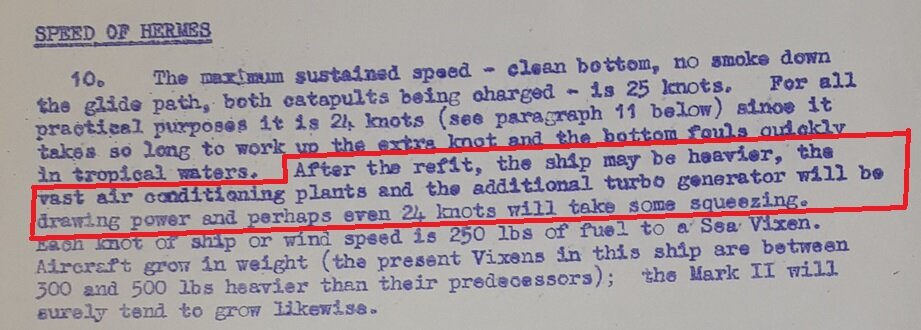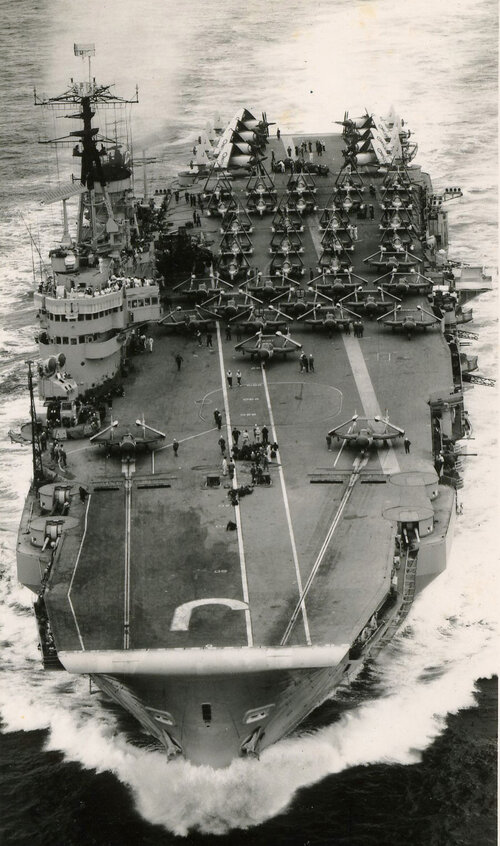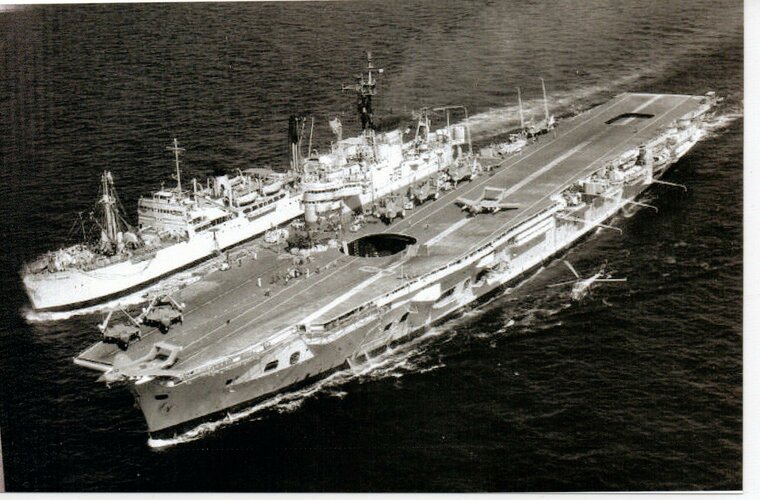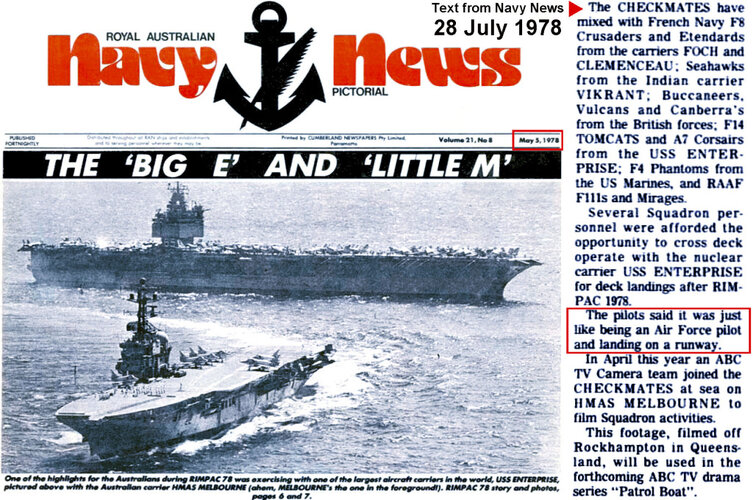Scott Kenny
ACCESS: USAP
- Joined
- 15 May 2023
- Messages
- 11,208
- Reaction score
- 13,573
I'd guess ~24 or so years, based on boiler relining refits. 12 years on the first set of bricks, 6 years on the second, 4 years on the third set, plus refit time. After that you're at the point of not being worth relining the boilers because it only gets you another ~3 years at a time. And honestly, I'm not sure the 4-year relining is worth it.Was the design life of a new capital ship in the 50s? Because I have a feeling that it wasn't 30+ years and 20-25 years was more realistic. Therefore a refit that gives 15 years for 18m compared for 24m for a new ship for 20-25 years isn't a big deal. In any case to a cabinet minister and average voter 15 years is so far away as to not worth thinking about in any real sense, and 30+ years might as well be science fiction territory.
When did the UK have good gas turbines worked out for naval propulsion? 1970?








